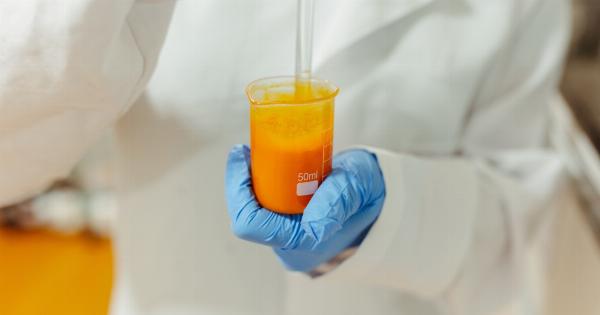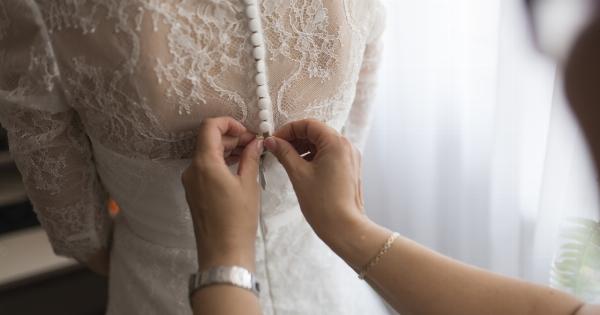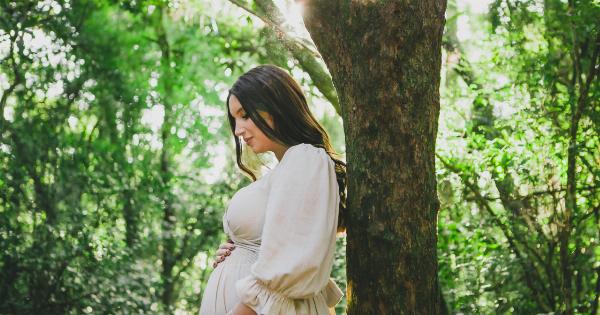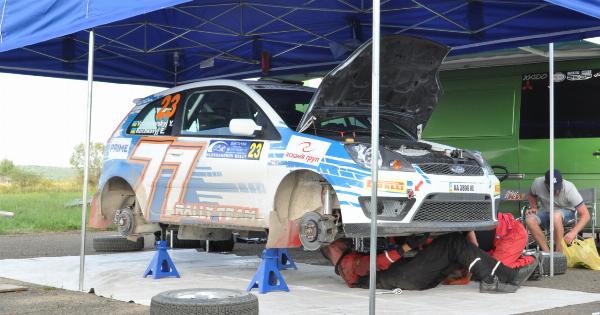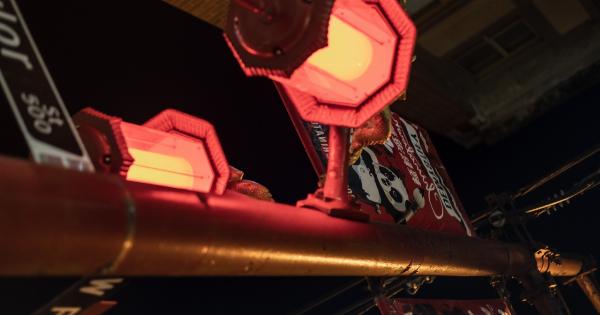Reproduction is a complex process that involves the creation and development of a new life from the union of a sperm and an egg.
This article will guide you through the stages of pregnancy, from conception to birth, and help you understand the complexities of reproduction.
Conception
Conception is the moment when a sperm cell penetrates an egg cell. This usually happens in the fallopian tubes, which are located on either side of the uterus.
Once the sperm penetrates the egg, it releases its genetic material, which fuses with the genetic material in the egg, creating a fertilized egg. This fertilized egg is called a zygote.
Implantation
After fertilization, the zygote begins to divide and travel down the fallopian tube towards the uterus. Once it reaches the uterus, the zygote implants itself in the uterine lining. Implantation typically occurs about 6-10 days after fertilization.
Embryonic Stage
After implantation, the zygote develops into an embryo. The embryonic stage lasts from implantation to the end of the eighth week of pregnancy. During this time, the embryo’s major organs and structures are formed.
This is also when the placenta, which provides the embryo with nutrients and oxygen, begins to develop.
Fetal Stage
After the embryonic stage, the growing embryo is now called a fetus. This stage lasts from the ninth week of pregnancy until birth. During this time, the fetus grows and develops rapidly.
Its major organs are all fully formed, and it begins to develop external features, such as fingers, toes, and eyelids. The fetus also begins to develop its own immune system and begins to produce its own blood cells. By the end of this stage, the fetus is fully developed and ready for birth.
Childbirth
Childbirth, also known as labor and delivery, is the process by which a baby is born. It typically occurs around 40 weeks after the mother’s last menstrual period.
Childbirth can be divided into three stages: the early stage of labor, the active stage of labor, and the delivery of the baby and placenta.
Early Stage of Labor
The early stage of labor is usually the longest stage. It begins when the mother’s cervix begins to dilate and ends when the cervix is fully dilated.
During this stage, contractions become more frequent and intense, and the mother’s water may break. The mother may also experience back pain or cramping.
Active Stage of Labor
The active stage of labor begins when the cervix is fully dilated and ends when the baby is born. During this stage, contractions become even more intense and frequent, and the mother may feel the urge to push.
The baby begins to move down the birth canal, and the mother’s cervix continues to stretch to allow the baby to pass through.
Delivery of the Baby and Placenta
The final stage of labor begins when the baby is born and ends when the placenta is delivered. During this stage, the mother continues to have contractions, which help to push out the placenta.
The doctor or midwife will examine the placenta to ensure that all of it has been delivered and that the mother does not experience any complications.
Breastfeeding
Breastfeeding is the process of feeding a baby with breast milk. Breast milk is the ideal food for newborns and is rich in all the nutrients a growing baby needs.
Breastfeeding has many benefits, including reduced risk for infections and allergies, healthier weight gain, and reduced risk for SIDS (sudden infant death syndrome).
Conclusion
Reproduction is a complex process that involves many stages, from conception to birth. Understanding these stages can help parents better prepare for the arrival of their new baby, and can also help healthcare providers provide better care.
Whether you are considering having a baby or you are already pregnant, it’s important to have a good understanding of the complexities of reproduction.

